Finding the erotic intimacy in gay nightlife photography
Austin Ruffer is one of the nation's top nightlife photographers. He knows what to look for to make a photo stand out.
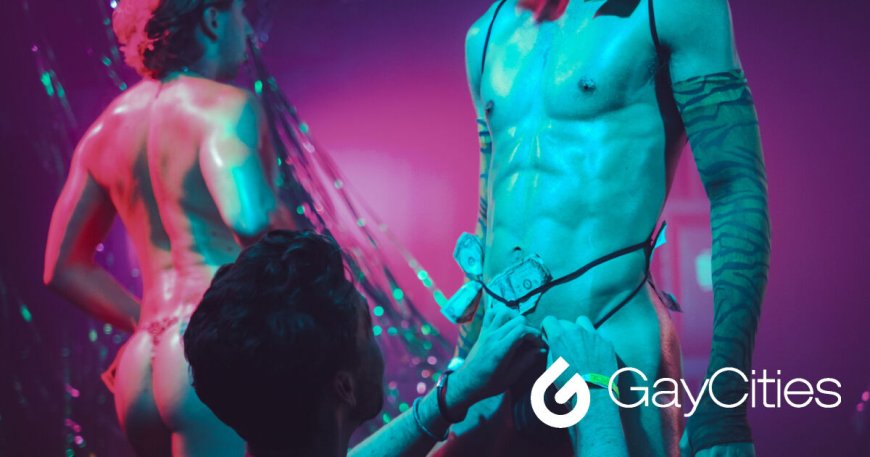
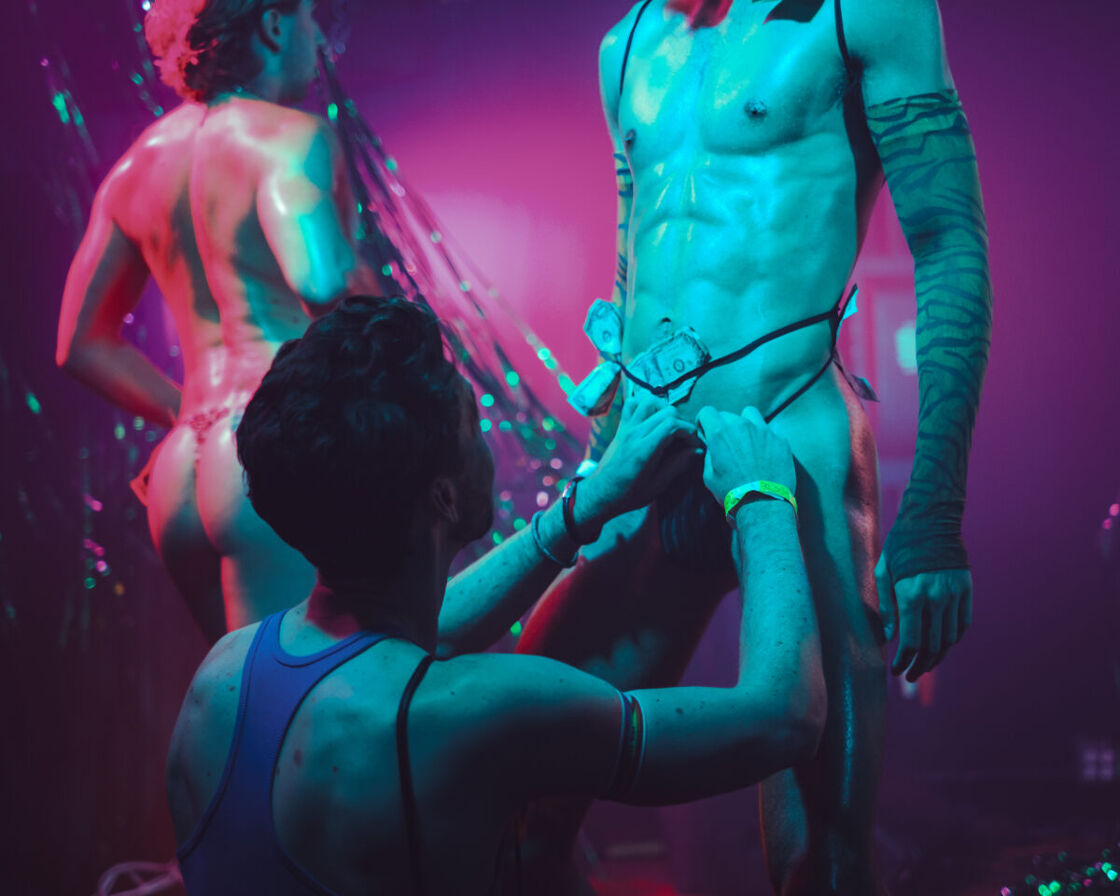
They say indie sleaze is back, with the low-fi aesthetics, the casually esoteric graphic tees, all that brat (as in Charli XCX), and the bright lights of a point-and-shoot camera in the throng of excitement and ecstasy on the dance floor. Suppose indie sleaze’s revival might be the symptom of a confluence of social, economic, and political factors. Everyone seems to gravitate towards that gleaming, immediate, rather unvarnished look, like a flash of a moment.
Party environs can only accommodate so much technique, with the strobing lights, the smoke, and the sweaty bodies. But if the blinding lighting strike of a camera’s bulb offers something like a base from which party photographers can build upon, the latest surge of queer nightlight photography, aided both by post-lockdown hormones and more acute (and travel-friendly) technology, hopefully, fulfills the promise of a rave as a space of unlimited possibility, immediate and artistic.
Where much of queer nightlife photography tends to work within the constraints of the form – group shots, crowd shots, an occasional lone figure in their groove – Manhattan-based Austin Ruffer sees the dance floor not merely as a place for the din but something a little more melancholy, surreal, and cinematic.
Pack your bags, we’re going on an adventure
Subscribe to our weekly newsletter for the best LGBTQ+ travel guides, stories, and more.
Subscribe to our Newsletter today
Someone in a pup mask looks into LEDs with as much fervor as longing. A figure is backlit by a flank of intense oranges, blues, and greens, shrouding him in shadow. The packed floor is turned upside down and in on itself. While Ruffer certainly catches the classic shots, his inclination toward experimentation belies a desire to probe deeper into the crowd, even at its ecstatic highs.
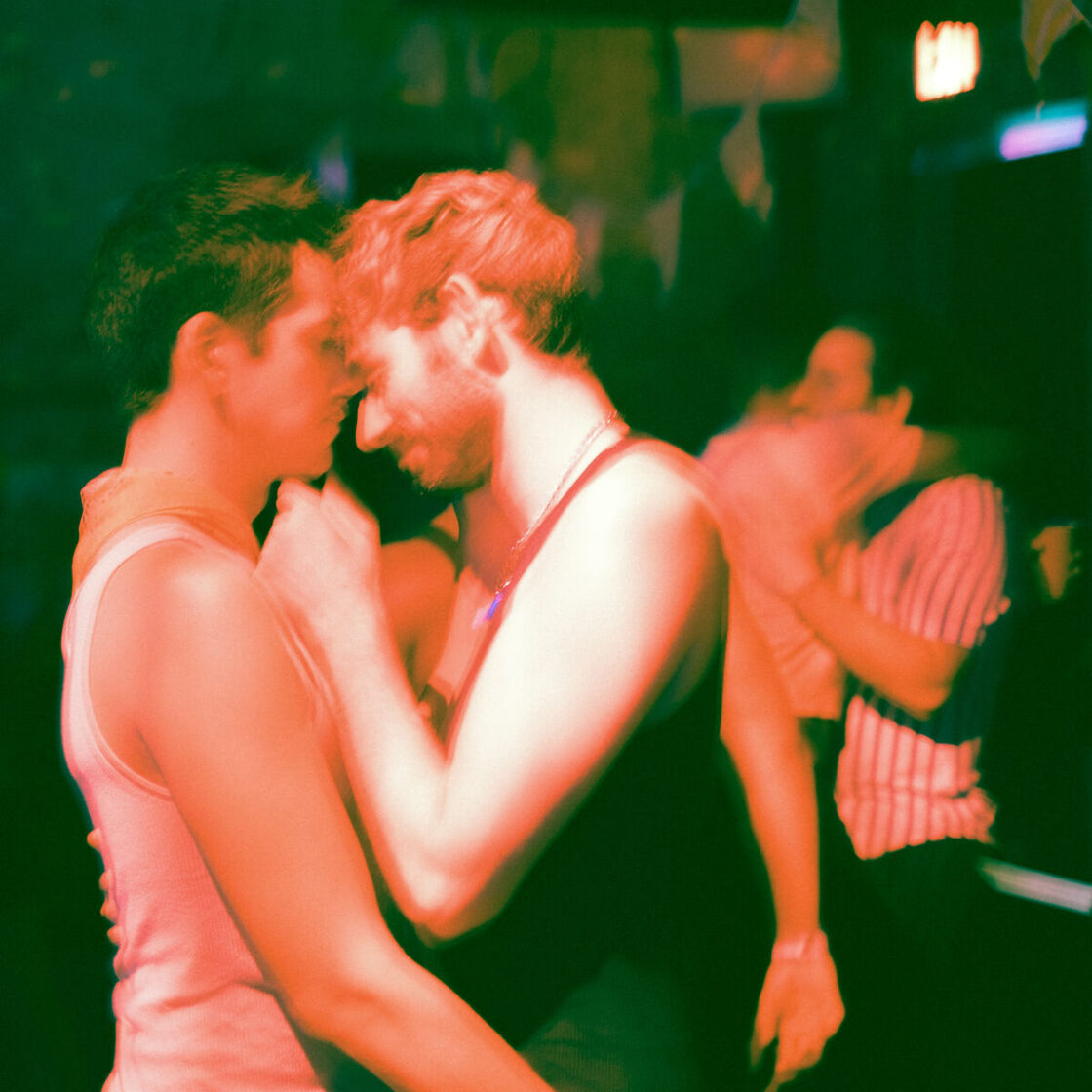
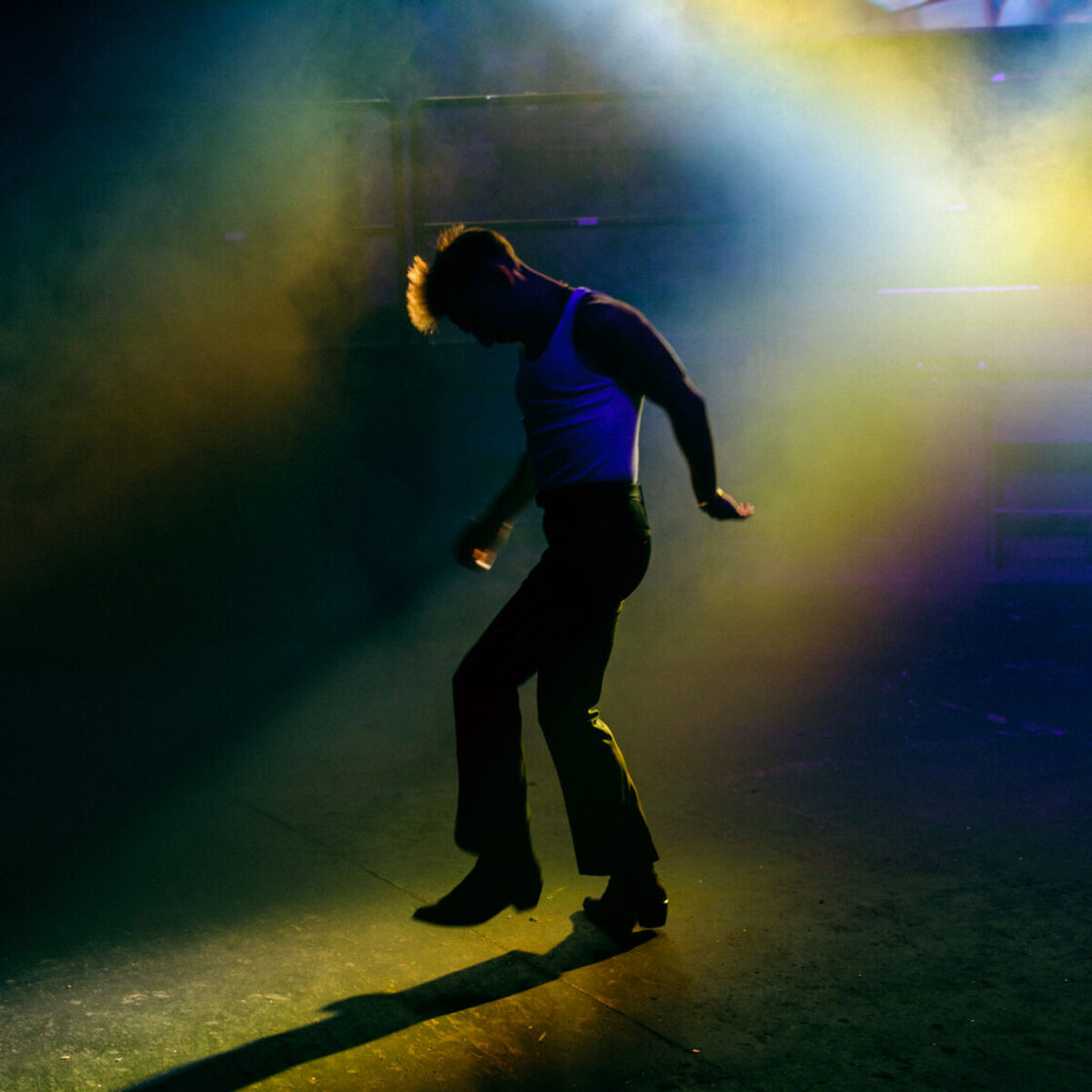
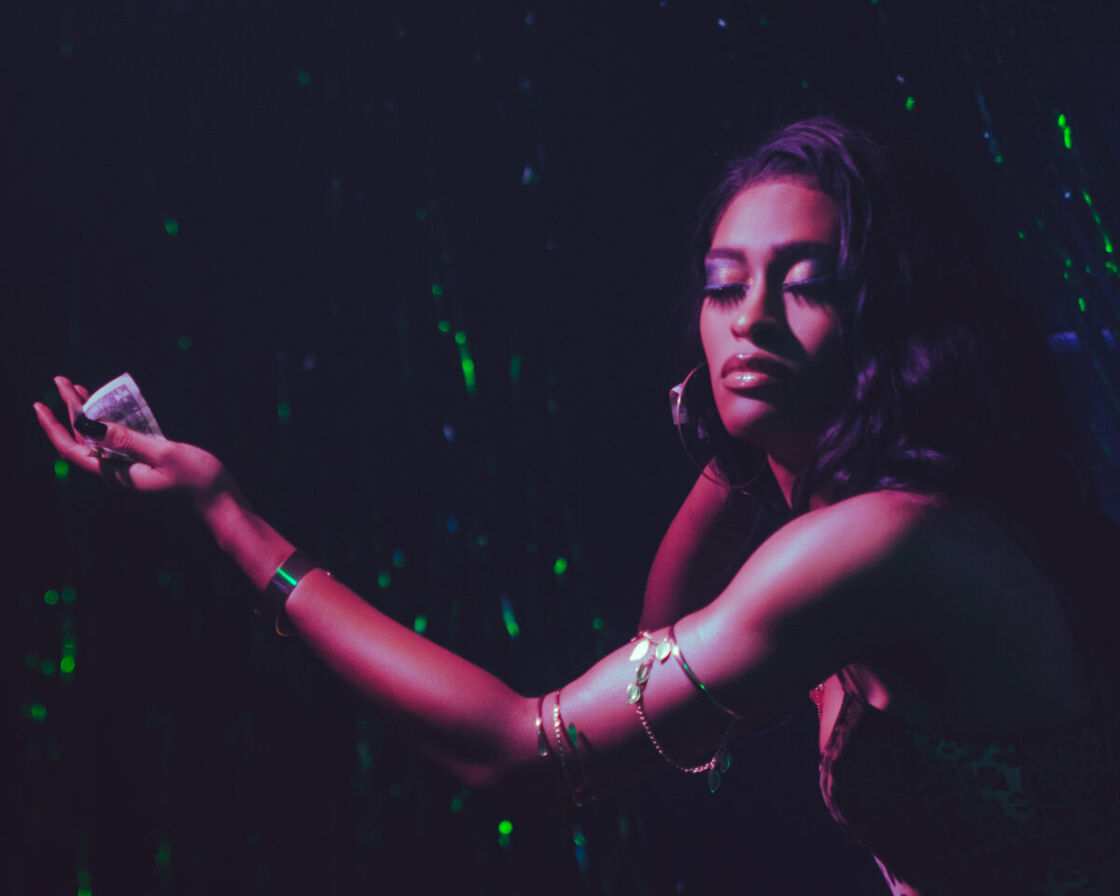
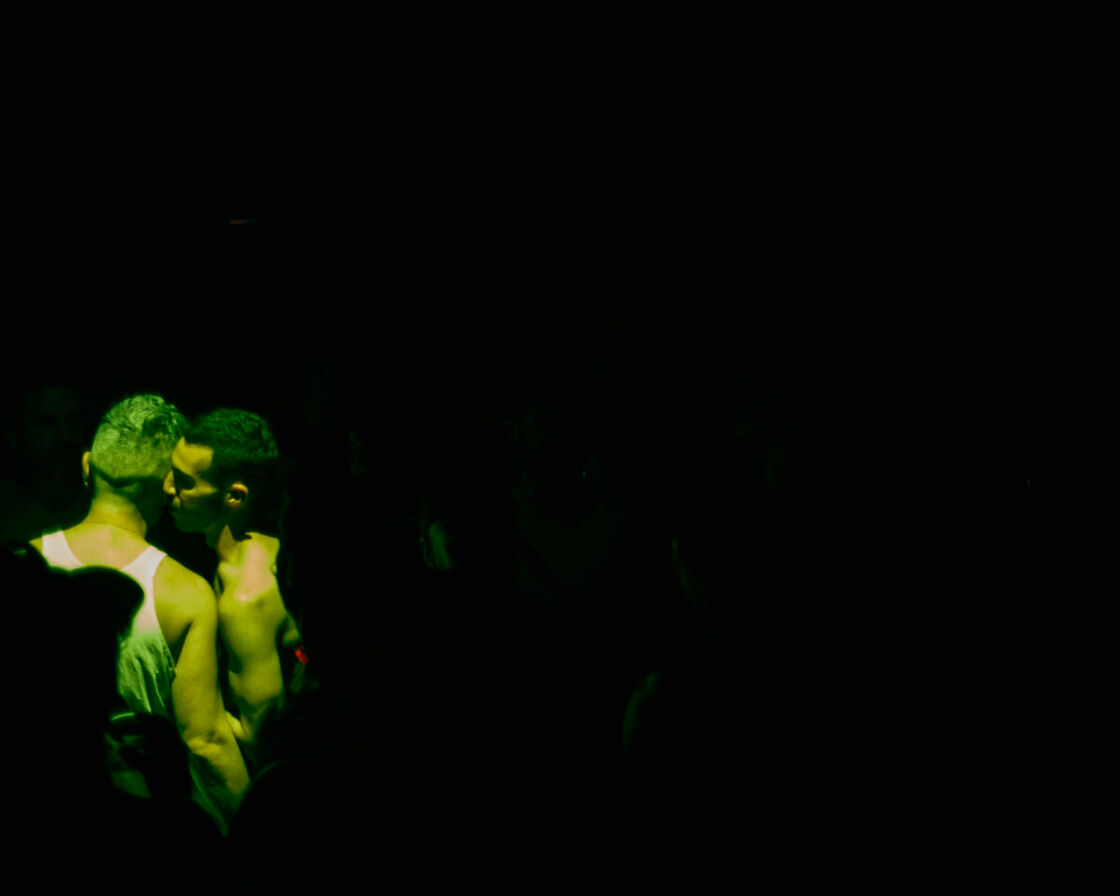
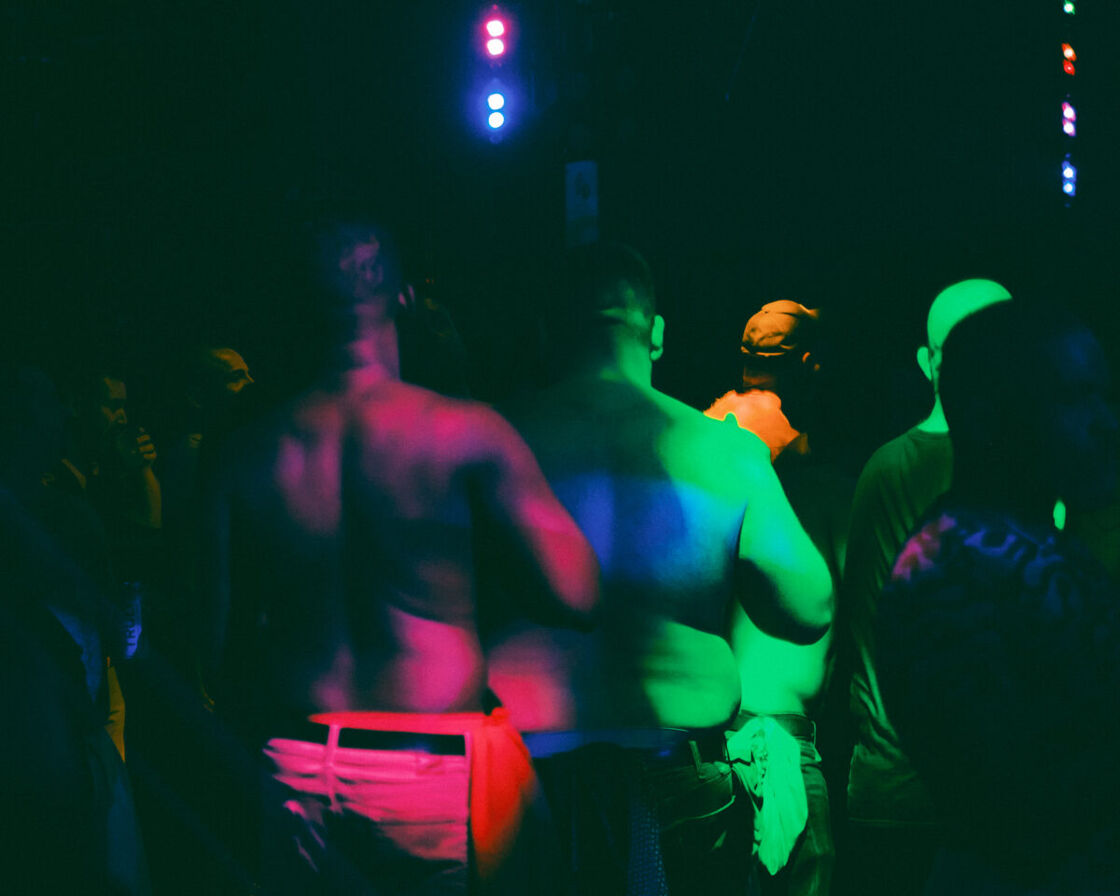
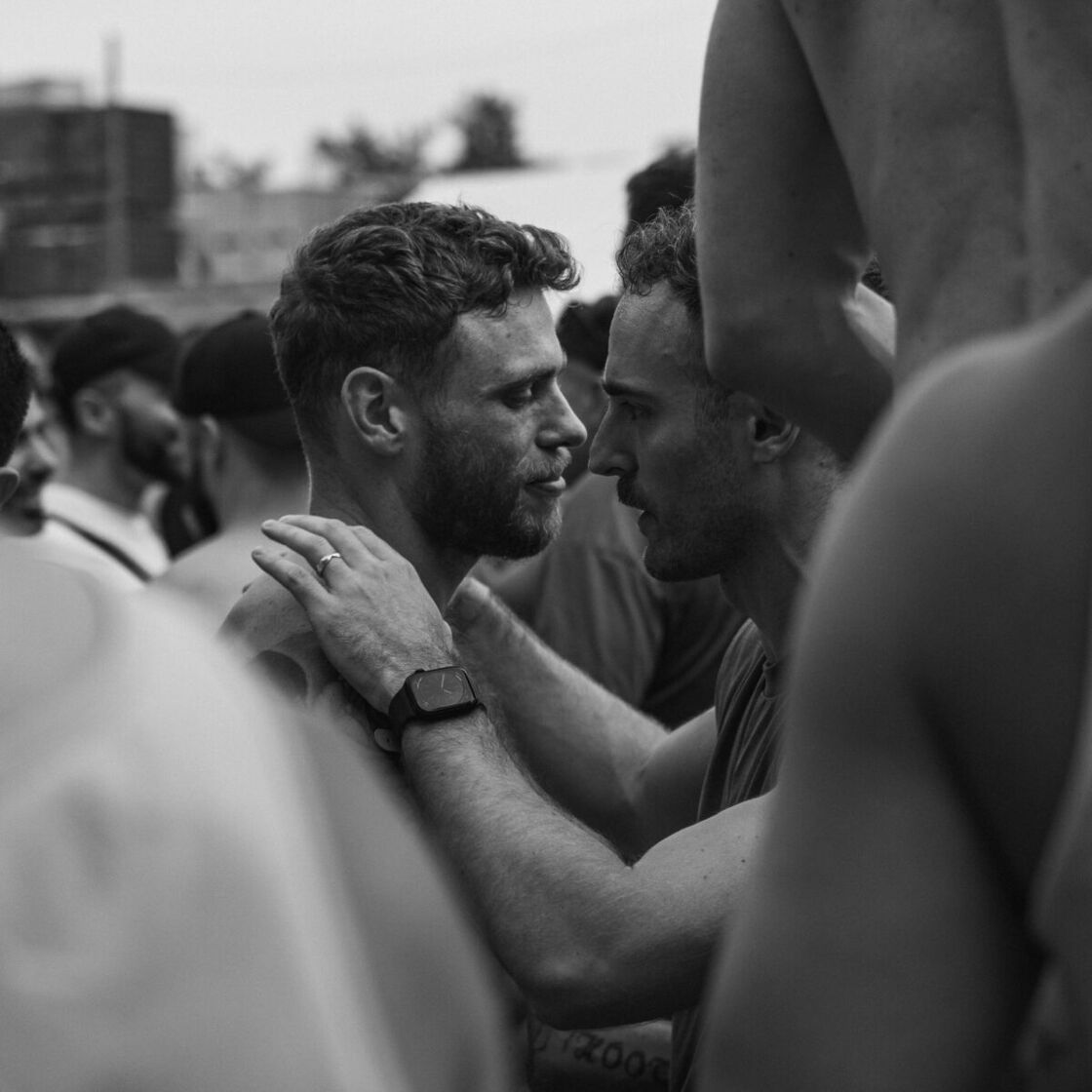
Ruffer’s interest in the smaller scenes at a gay rave gives his work the feeling of a kind of gay Edward Hopper at the end of the world, trading the empty coffee shops and restaurants with the smattering of city dwellers disassociating for steamy nights at Rosemont and 3 Dollar Bill, with much the same expressions: the same uncertainty, contemplativeness, ambivalence.
If you were to ask him about his transition from the theater world to the world of photography, he’d tell you he’s still in the midst of it. “I went to an arts high school,” he told GayCities. “It was, it’s cliche to say it, but it was very much like Fame, like rehearsing in the hallways and dancers, musicians, and artists.”
In Florida, Ruffer studied acting, but after realizing the financial precarity of such a vocation, he switched to working at nonprofits. He eventually landed at Actors Equity, which granted him a tangential connection to his first love.
Through that community of actors and theater artists, Ruffer found himself at Club Cumming in the East Village, informally documenting some of the performances in September 2017. Ruffer confessed, “I wanted to contribute and get involved. But I was like, I can’t sing, I can’t play an instrument. I have no pitch. It’s just not my wheelhouse. So I started taking photos of the performances on my phone, and people were responding to them. I bought a lens attachment for my phone.” He bought his first camera in early 2018.
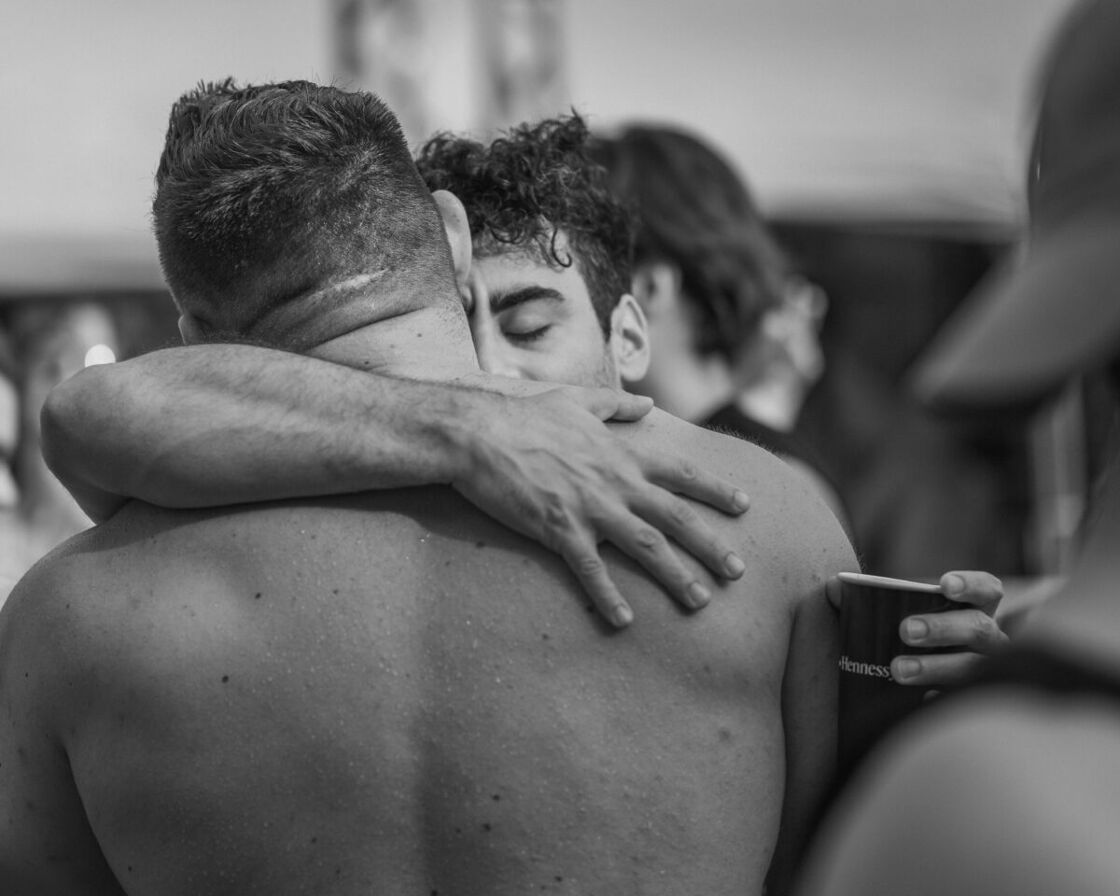

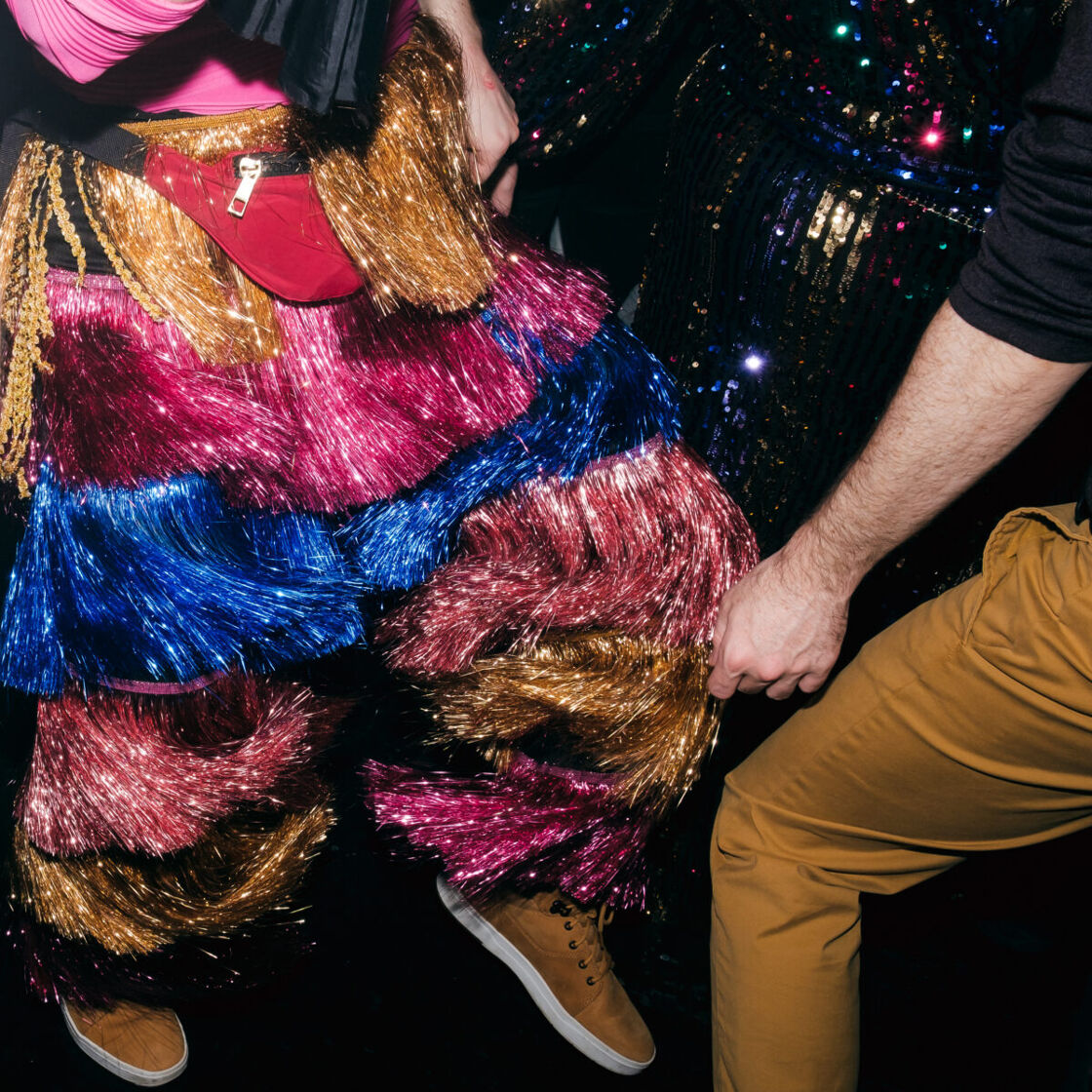
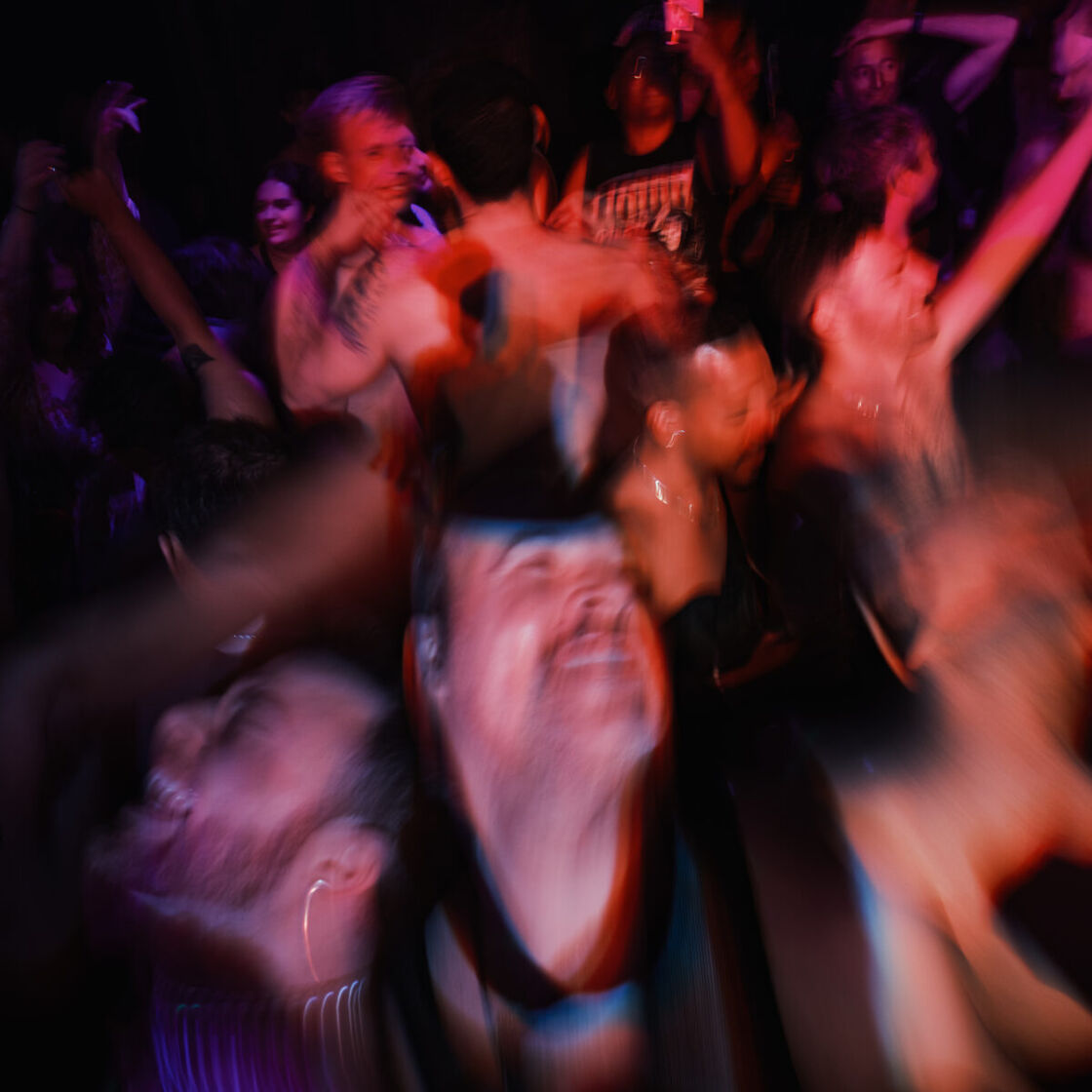
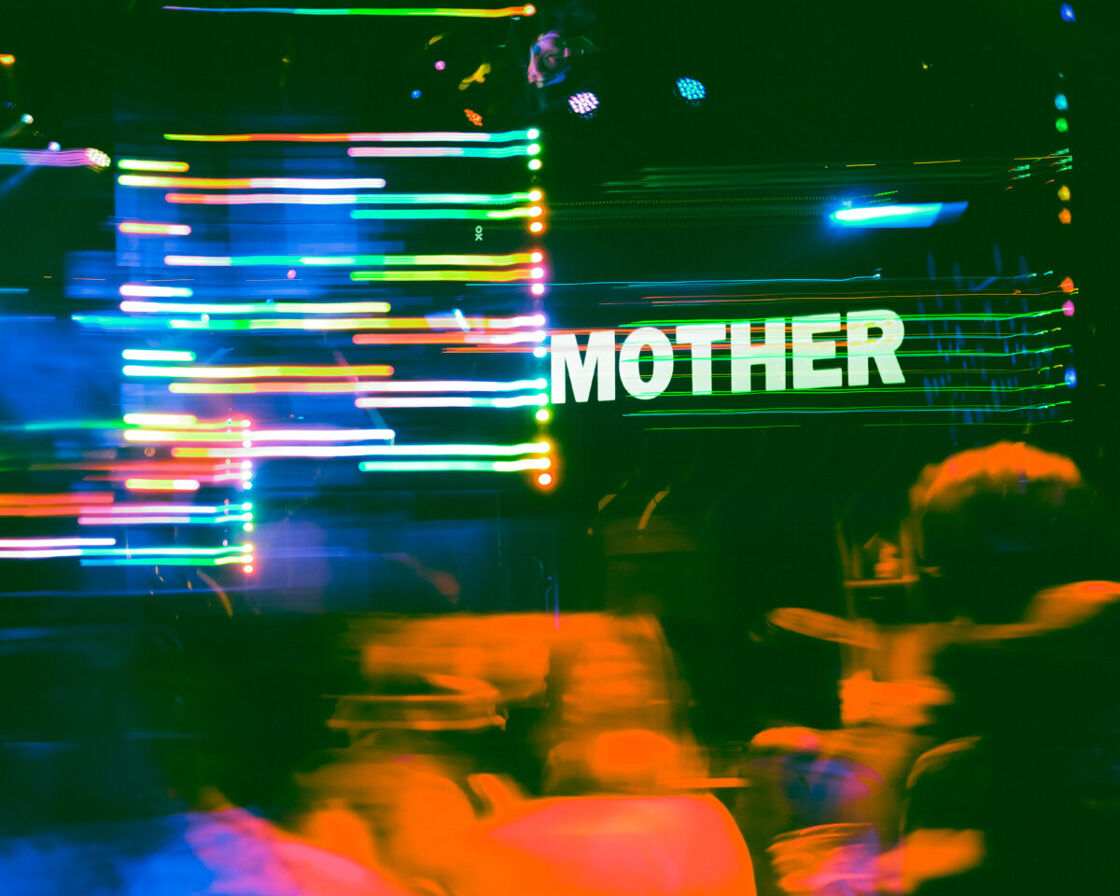
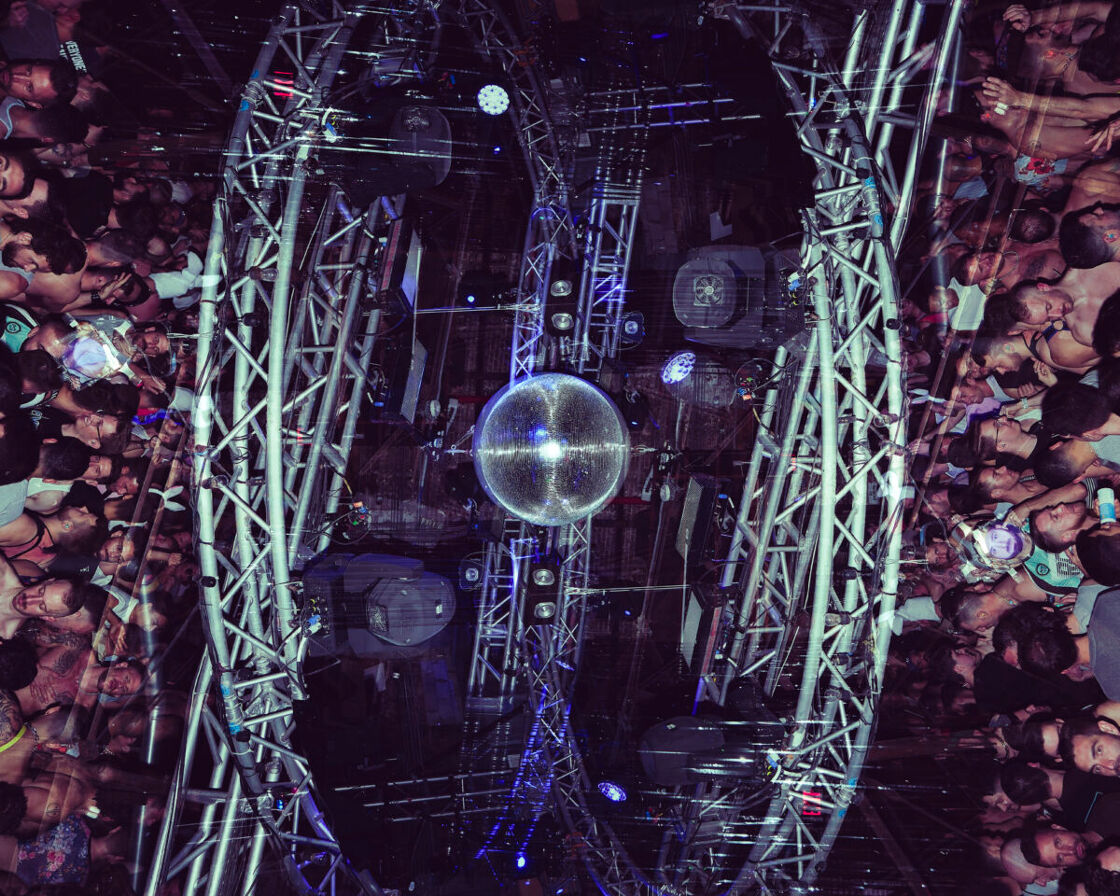
When the pandemic hit, the theater was in flux, and Ruffer was laid off from his Actors Equity job. He faced the same financial instability that shaped his disinclination to pursue acting, but this time, he took the plunge.
His friend, DJ, and photographer Emil Cohen encouraged Ruffer to shoot MotherDisco parties. Cohen pushed him “to focus on the story of the event, and not the obvious things and not the easy crowd-pleasing – hot guys, shirtless, making out stuff – and to find the interesting moments, the quiet moments.” He cites photographers like Nina Westervelt and Dina Litovsky as people “who are able to hone in on hand gestures and looks.”
But when it comes to capturing “the quiet, small moments that comprise a party,” Austin’s big influence was his own Bar Mitzvah photos.
“His name was Rob Morman and wasn’t even Jewish, he had a Christian fish on his business card, and I remember vividly being like, ‘What are we doing?’ But I remember looking at his photos of my Bar Mitzvah service and the party, and just remembering how he captured all these quiet and intimate moments and not big moments that I wasn’t privy to,” Ruffer said.
For him, the pictures caught the essence of nightlife and event photography. “I was like, ‘Oh, this is where the real stories of the party are – in the small interactions, the intimate moments.’ The party itself is a big amorphous shape roughly the same for every party, but the particles that make up that big amorphous cloud [are what] make it interesting.”
To be the one studying the particles, though, implies detachment or being on the outside. I asked Austin how he feels about being a spectator of these spaces and moments. He knew this question was coming.
“Um, that’s something that I kind of struggle with sometimes because I’m not always secure, especially in queer, queer sex-forward spaces, which I am in a lot as a photographer,” he says. “Even something like Mother Disco, which isn’t necessarily like a circuit party and isn’t sex-focused, there’s still a cruising element. There’s still a focus on bodies and desire that I think is intrinsic to almost all queer events, and that is where I am most insecure.”
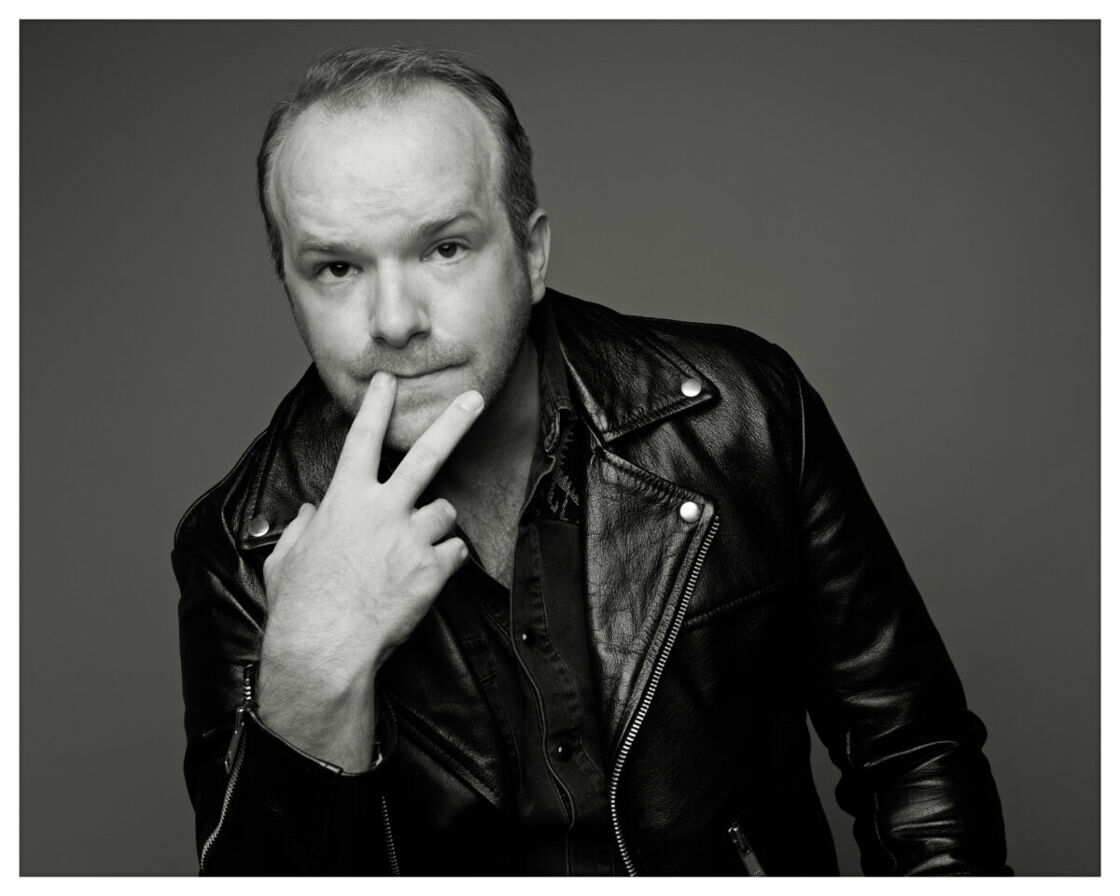
Ruffer continues, “But a camera is a good defense mechanism. It’s a way to literally distance myself between what’s going on, and it gives me a level of control.”
When it’s suggested that “photographer’s privilege” is like “jester’s privilege” but for awkward gay people, he laughs and says, “There is a part of me that’s like, ‘Oh, I wish I could be engaging in this crowd the way I see so many people, and so many of my friends do, and know that they’re able to do.’ So there is a little bit of melancholy and feeling othered to a degree, you know, deeply internal, of course.”
Yet, without this internal conflict on the part of the photographer, without the pervasive sense of loneliness contained within the photographs even at their loudest and most bombastic, there would be little to separate Ruffer’s work from the dime-a-dozen gay people on Instagram who point their lens at whatever ivory tower that has abs and a bump to share. The strength of Tuffer’s work is its contradiction, its ability to handle the intimate and epic and still find both the specifics of a brand of queer otherness or isolation, as well as the more broadly human feelings of loneliness amidst pleasure in paradise.
“I try to put and find intimacy in all my photos, even if it’s someone by themselves,” he says, “because I don’t get much of it in my life. I’m an only child; I live by myself. I have so many friends and great people, but there is a little bit of melancholy and a little bit of going back to that desire and longing that I try to find in my photos.”
Taking that leap – professionally, artistically, emotionally – has seemingly changed Ruffer’s life for the better. “I feel a lot happier, more challenged, free, and closer to people than ever.”
Like a photograph, that kind of flash of a moment is as good as forever.

 Mark
Mark 





